Governance is an integral part of any human-based conservation project. Strictly speaking, there are rules that make human activities oscillate between realms of legality, giving our natural resources a jurisdictional nature. But for the law of the sea, policies are not created to put people in jail, rather express, in writing, the best possible way to regulate these resources while responding to society needs and safeguarding the future of our oceans for generations to come. In fact, ocean governance provides the basis where countries can acknowledge their rights to maximizing the benefits obtained from their oceanic environment while at the same time serving as a platform for international cooperation. So to understand the basic functions of the law of the sea I had to step out of the water for a couple of weeks and immerse myself in a course targeted at providing just this.
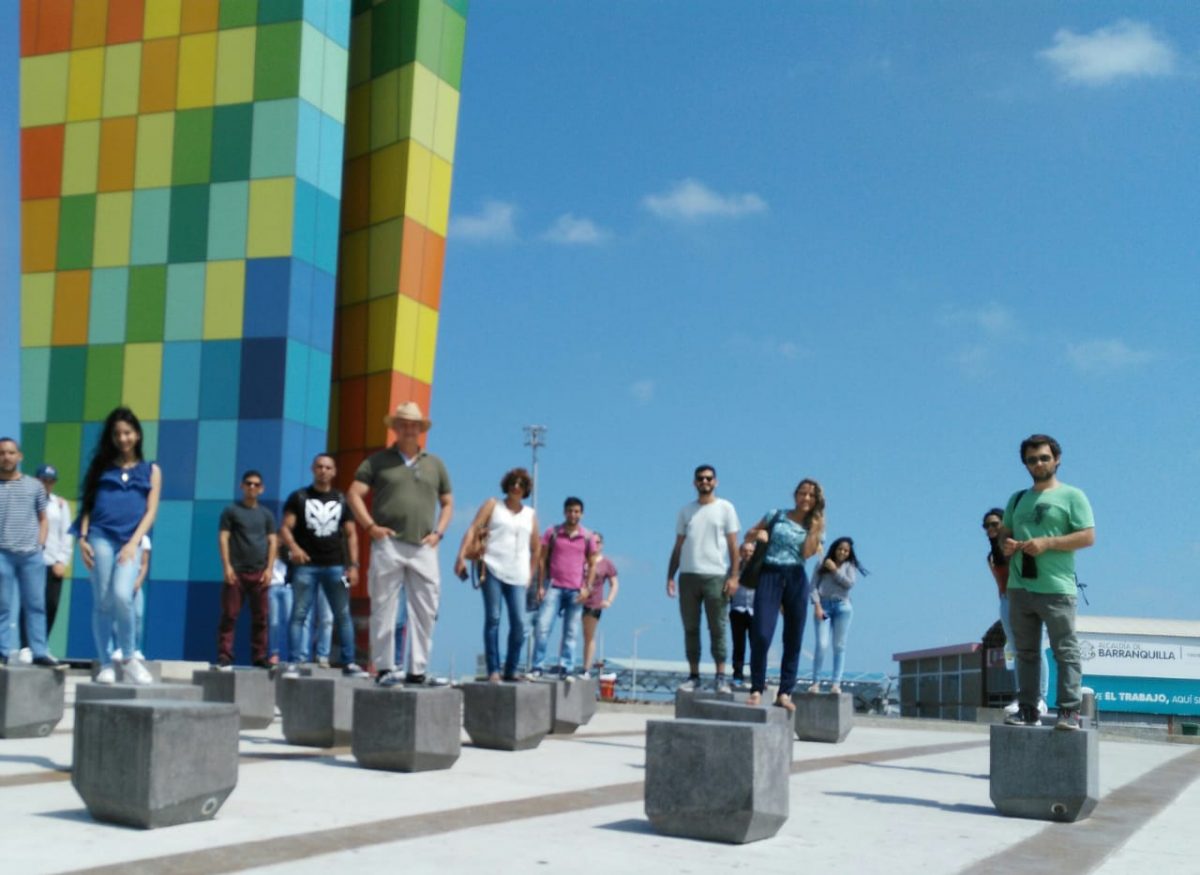
The International Ocean Institute (IOI) is a world-wide NGO that specializes in providing courses and capacity building on ocean governance, under the United Nations Convention on the Law of the Sea (UNCLOS). It is represented by distinct regional offices that focus on issues of their geographical context. This year, the IOI Training Center for Latin America and the Caribbean gathered in Universidad del Atlántico, Barranquilla, to host yet another cohort of ocean ambassadors.
The training parted from the origins of the IOI and the history of UNCLOS, which to date is considered the constitution of the ocean and aims to provide support in the peaceful and equitable use of its resources. UNCLOS is probably the most important treaty of the United Nations, given that its geographical outreach is enormous, with about 168 countries forming part of it. It is based on three principles of freedom, sovereignty and world heritage, covering topics that range from the categorization of marine territory to the rightful uses of fisheries, coastlines and international waters. This constitution conveys important components of international cooperation and defines important institutions affiliated with the norms that lie therein. Despite years of formation, UNCLOS was formalized relatively recently, in 1994, once enough countries had signed and ratified its agreements, making it even more pertinent in a world that uses the ocean as a source of trade, transport and growth.
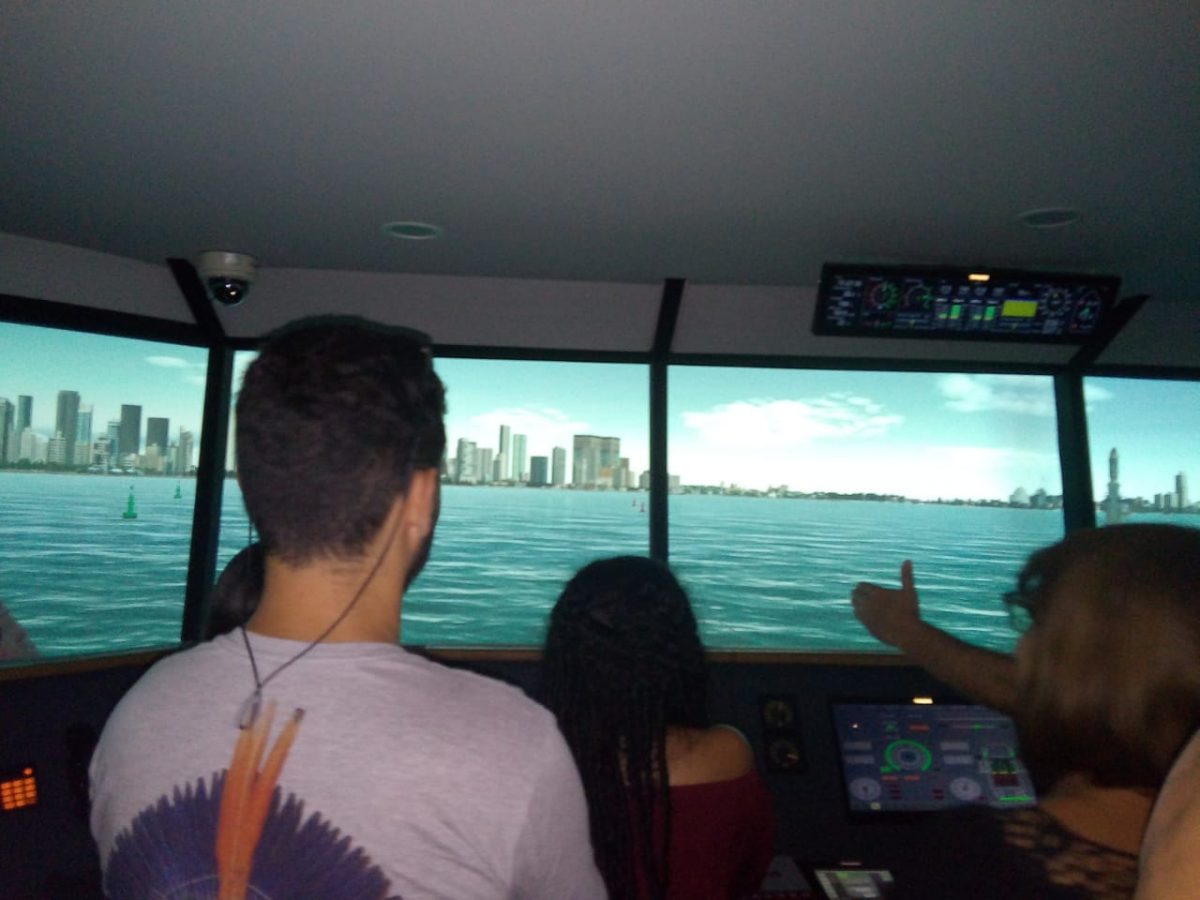
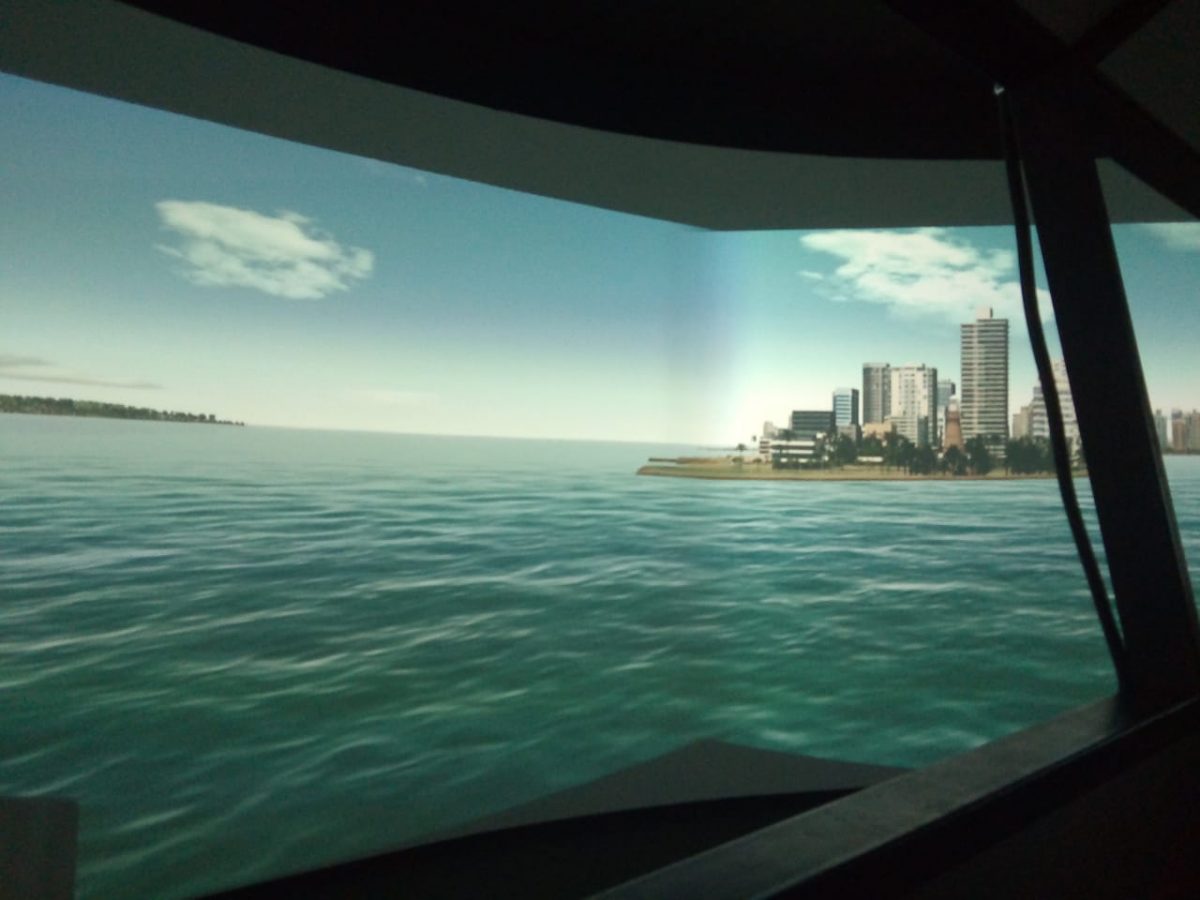
However, to bring UNCLOS even closer to a contemporary context, the training course highlights important concepts of geosciences, ethics and economics, bringing in role paying games to simulate some of the problems we face today with regard to governance. The course also provided me with a basic introduction on the governance process of marine protected areas (MPA), which came in handy for my next stop in the small island of Rapa Nui, Chile.
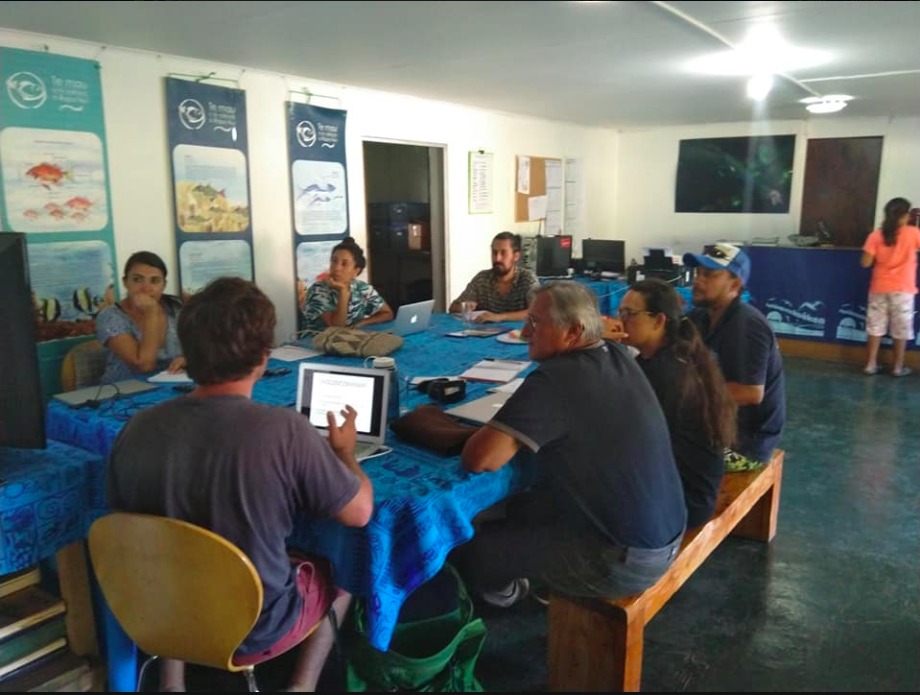
I was received by a group of people that work together with the Pew Bertarelli Ocean Legacy Project, forming a local governance table called Te Mau o Te Vaikava o Rapa Nui. The Rapa Nui people from this group were involved in the development of Chile’s most recent MPA, the agglomeration of Rapa Nui and Matu Motiro Hiva as a protected area. From a global perspective, this decree is remarkable in that it was formed and is governed by local Rapa Nui people, where they have been able to restrict resource-intensive activities like industrial fishing or mining. However, this MPA is a brand new addition to Chile’s 43% protected territory, which means they are still in the first steps of their governance phase. I was asked to contribute by hosting a mini-workshop from the course I took at IOI, which led to an interesting round of discussions from the community. Not surprisingly, a lot of the legal aspects of ocean governance were completely unknown to them, as well as the affiliated institutions that act to help put the constitution to practice.
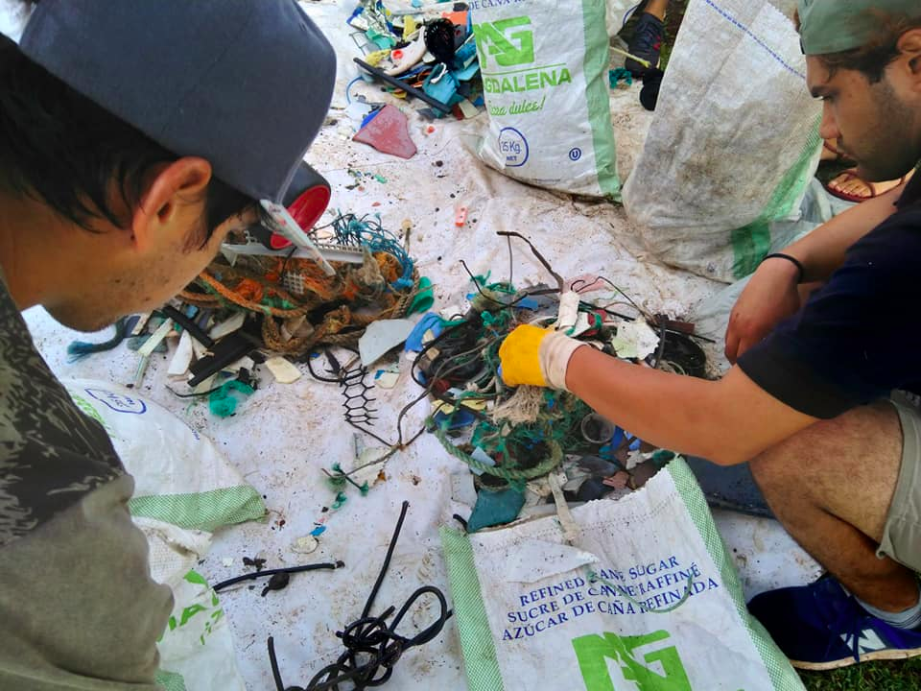
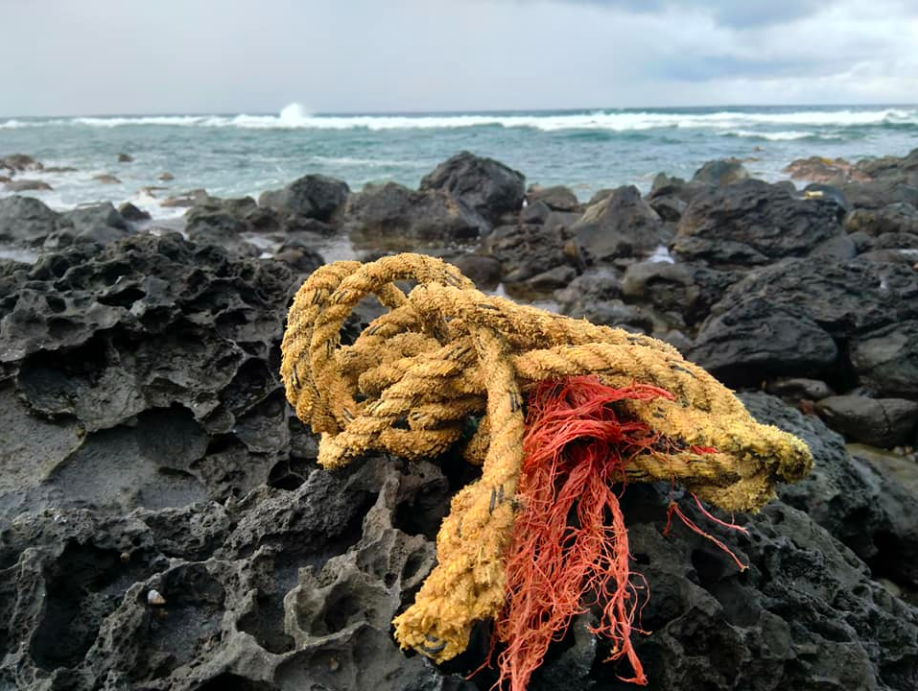
The efforts to protect the island’s waters have been effective. Indigenous people are empowered and there is significant awareness about ocean and climate-related issues around the island. All of the fish consumed is local, and they have tried to bring the numbers down to reasonable levels, compared to that of industrial fishing, by endorsing ancestral styles of fishing which also help preserve the culture. Single-use plastics are hardly seen around the island, though the accumulation of industrial fishing gear and other forms of plastics end up washed along the shores due to the currents that feed into the island. Yet the community is strong and has been resilient for years, making a huge effort to keep their coasts clean and recover the marine fauna they once had.
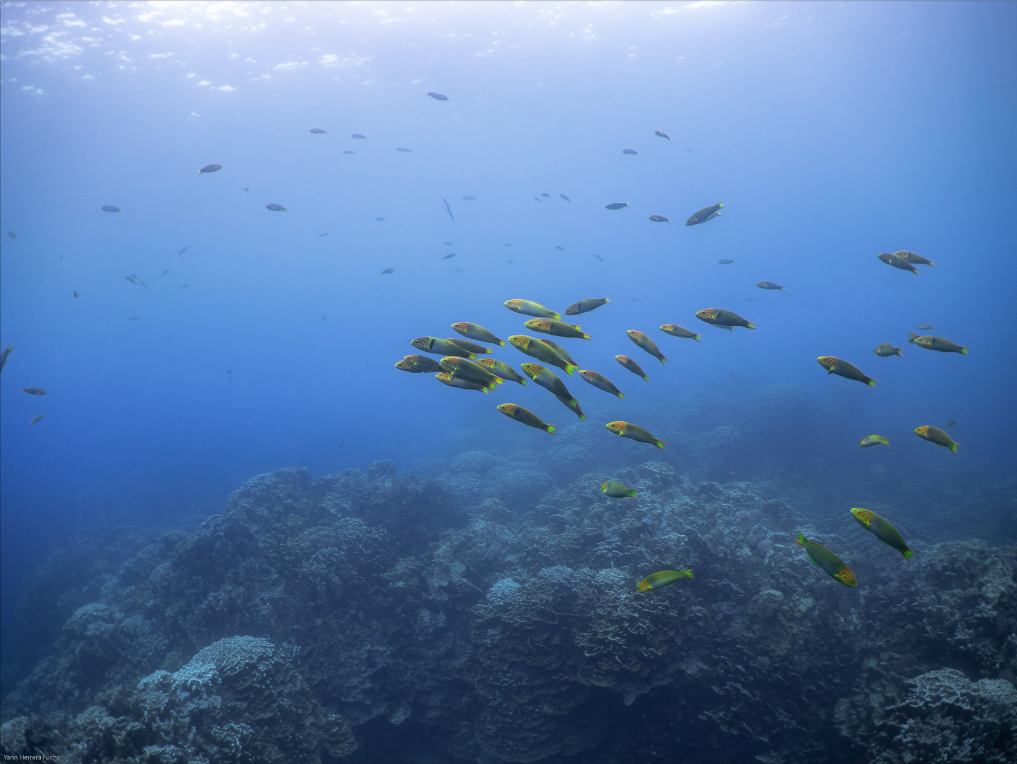
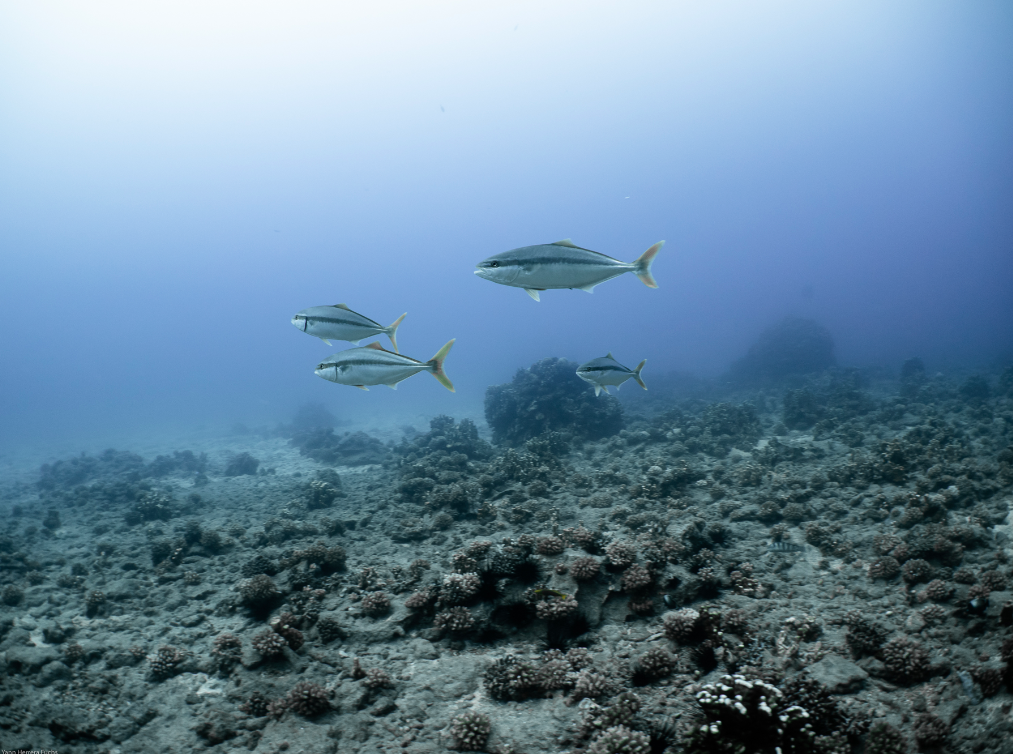
Huge thanks to IOI and Te Mau o Te Vaikava o Rapa Nui for hosting me, and once again to all my sponsors making this possible!
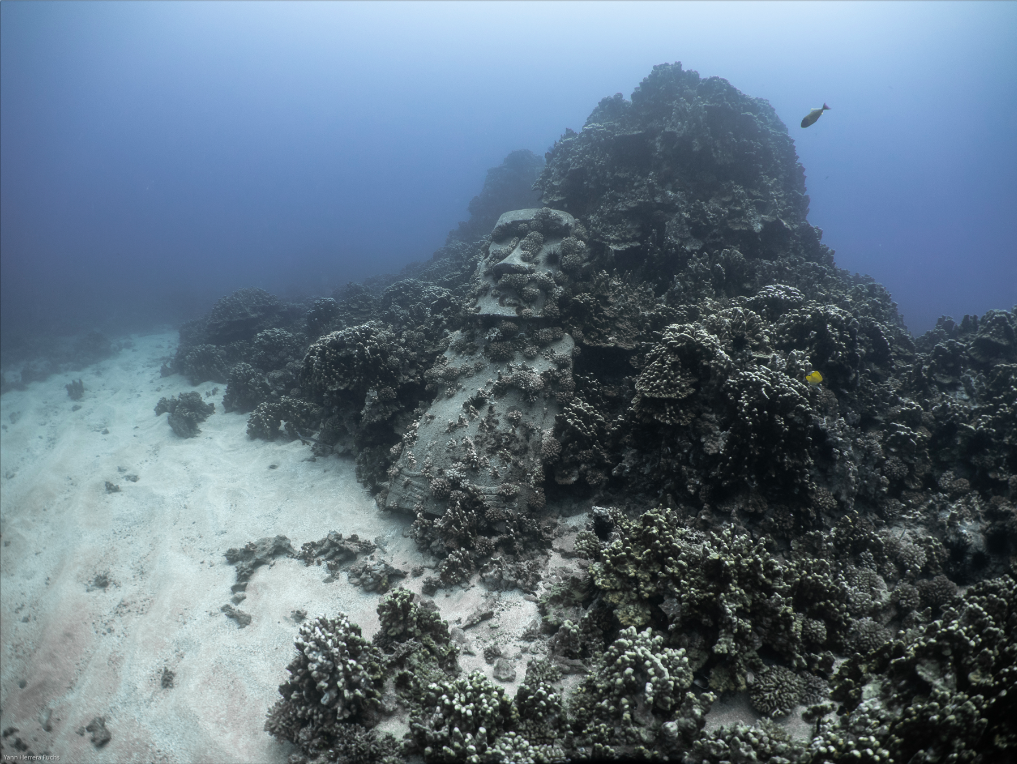
La Ley del Mar
La gobernanza es una parte integral de cualquier proyecto de conservación. En estricto sentido, hay reglas que hacen que las actividades humanas oscilen entre lo legal y lo ilícito, lo que le brinda características de justicia a nuestros recursos naturales. Para la ley del mar, las políticas no fueron creadas con el propósito de encarcelar a la gente, sino expresar, por escrito, la mejor manera de regular estos recursos mientras atendemos a las necesidades de la sociedad y protegemos el futuro de los océanos. De hecho, la gobernanza del mar provee la base para que estados puedan consultar sus derechos y maximizar los beneficios que pueden obtener de sus ambientes oceánicos y al mismo tiempo sirve de plataforma para la cooperación internacional. Así que para entender estas funciones básicas del derecho del mar tuve que sacar un pie del agua y sumergirme en un curso enfocado precisamente en esto.

El Instituto Internacional de los Océanos (IOI) es una ONG a nivel mundial que se especializa en capacitar a la gente en temas de gobernanza bajo la Convención del Mar de las Naciones Unidas (Convemar). El IOI tiene representación en varias regiones que se enfocan en temáticas de su respectivo contexto geográfico. Este año, el Centro de Capacitación de América Latina y el Caribe del IOI se reunió en la Universidad del Atlántico en Barranquilla para dar a lugar su tercer entrenamiento de gobernanza del mar.
El curso comenzó con una explicación de los orígenes del IOI y la historia de la Convemar, que hasta la fecha se considera como la constitución de los océanos y tiene como fin dar soporte legislativo al uso equitativo y pacífico de sus recursos. La Convemar es probablemente el tratado más importante de las Naciones Unidas (ONU), ya que su extensión geográfica abarca alrededor de 168 países. Se basa en tres principios; libertad, soberanía y patrimonio de la humanidad, abordando temas como la zonificación del territorio marino, la gobernanza en pesquerías, costas y aguas internacionales. Esta constitución provee componentes importantes para estimular la cooperación internacional y define instituciones afines que lideran las normas expresadas en ella. También es un documento relativamente joven, teniendo apenas unas décadas en existencia desde que se puso en rigor en 1994 cuando suficientes países firmaron y ratificaron los acuerdos, lo cual hace que éste sea de suma importancia en un mundo que usa el océano como fuente de mercado, transporte y crecimiento.


Ahora bien, para acercar a la Convemar aún más a contextos contemporáneos, el curso abarca importantes temas de geociencias, ética y economía, presentando juegos que simulan los problemas pertinentes al día de hoy con respecto a la gobernanza en Latinoamérica y el resto del mundo. El curso también brindó una introducción básica del proceso del desarrollo de áreas marinas protegidas (AMP), lo que me vino muy útil en mi siguiente parada en la isla de Rapa Nui en Chile.

Me recibieron unas personas muy amables que trabajan con el Pew Bertarelli Ocean Legacy Project, en un comité local llamado Te Mau o Te Vaikava o Rapa Nui – la Mesa del Mar, quienes llevaron el decreto del AMP de Rapa Nui a la realidad y son los encargados de gestionarla. La creación de ésta área, la adición más reciente al 43% del mar protegido de Chile, es un hito a nivel mundial ya que nace y se rige por la comunidad Rapa Nui, quienes lograron conseguir que se restringieran actividades exhaustivas de recursos como la pesca industrial o minería. Considerando el poco tiempo que lleva activo el decreto del AMP, se me pidió que organizara un pequeño taller sobre gobernanza del mar, lo cual dio a lugar varias discusiones interesantes en la comunidad. No era sorprendente ver que muchos de los aspectos legales de gobernanza de los océanos eran desconocidos para ellos, así como las instituciones afiliadas que ayudan a sustentar sus leyes.


Los esfuerzos que ha puesto en marcha la isla para proteger sus aguas ya comienzan a tener efecto. Es evidente el empoderamiento de la comunidad nativa Rapa Nui que demuestra tomar acciones para la conservación marina. Todo el consumo de productos del mar es local y han hecho un gran esfuerzo para recuperar la pesca ancestral, lo cual ayuda a preservar su cultura. Los plásticos no se ven con tanta facilidad en la isla como en otros lados, ya que hay costumbres en su uso que son mucho más conscientes del medio ambiente. Sin embargo, se alcanzan a acumular los plásticos en la costa por las artes de pesca industrial u otros tipos de plástico que son traídos por las corrientes que pegan en la isla. Pero la comunidad es fuerte y ha sido resiliente en varias ocasiones históricamente, resaltando el esfuerzo brutal que hacen para mantener sus costas limpias y recuperar la fauna que antes abundaba a sus alrededores.


Muchas gracias al IOI y Te Mau o Te Vaikava o Rapa Nui por recibirme, y a mis patrocinadores que hacen todo esto posible.
